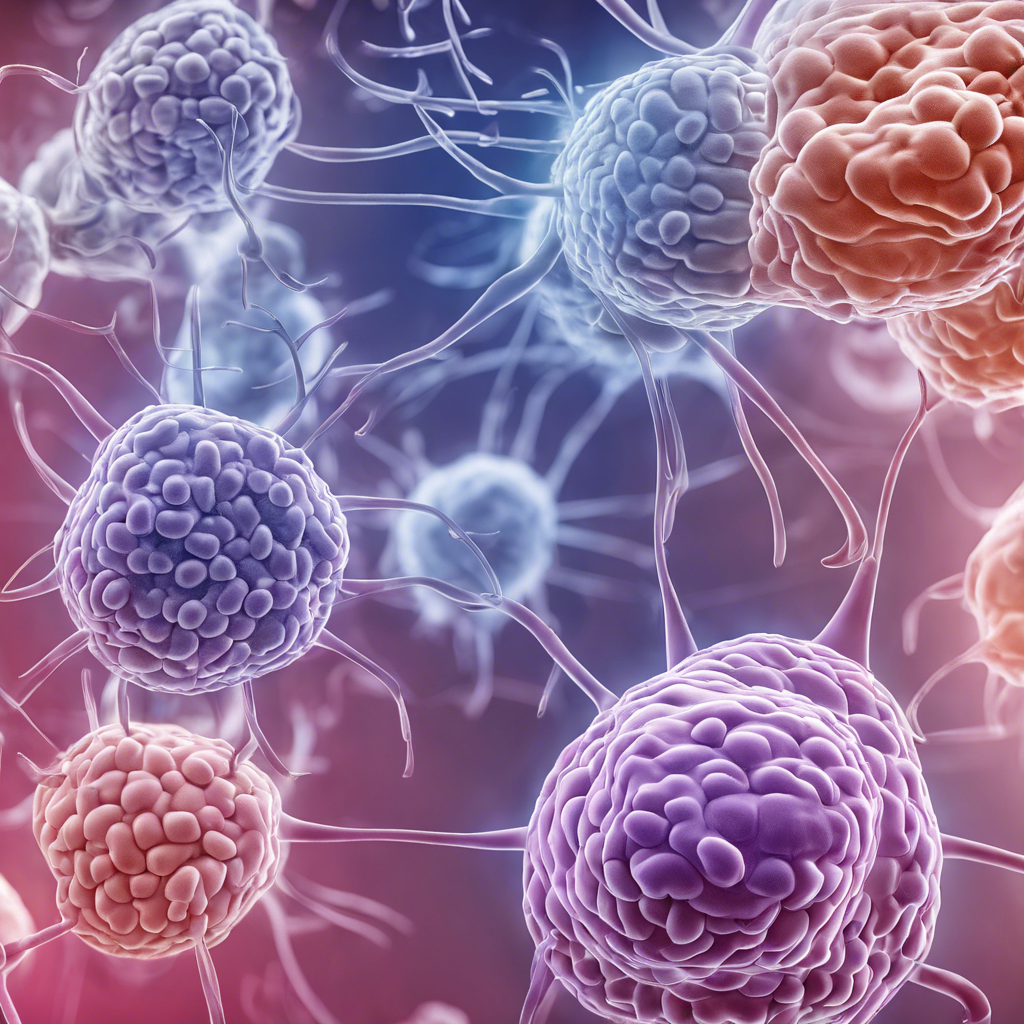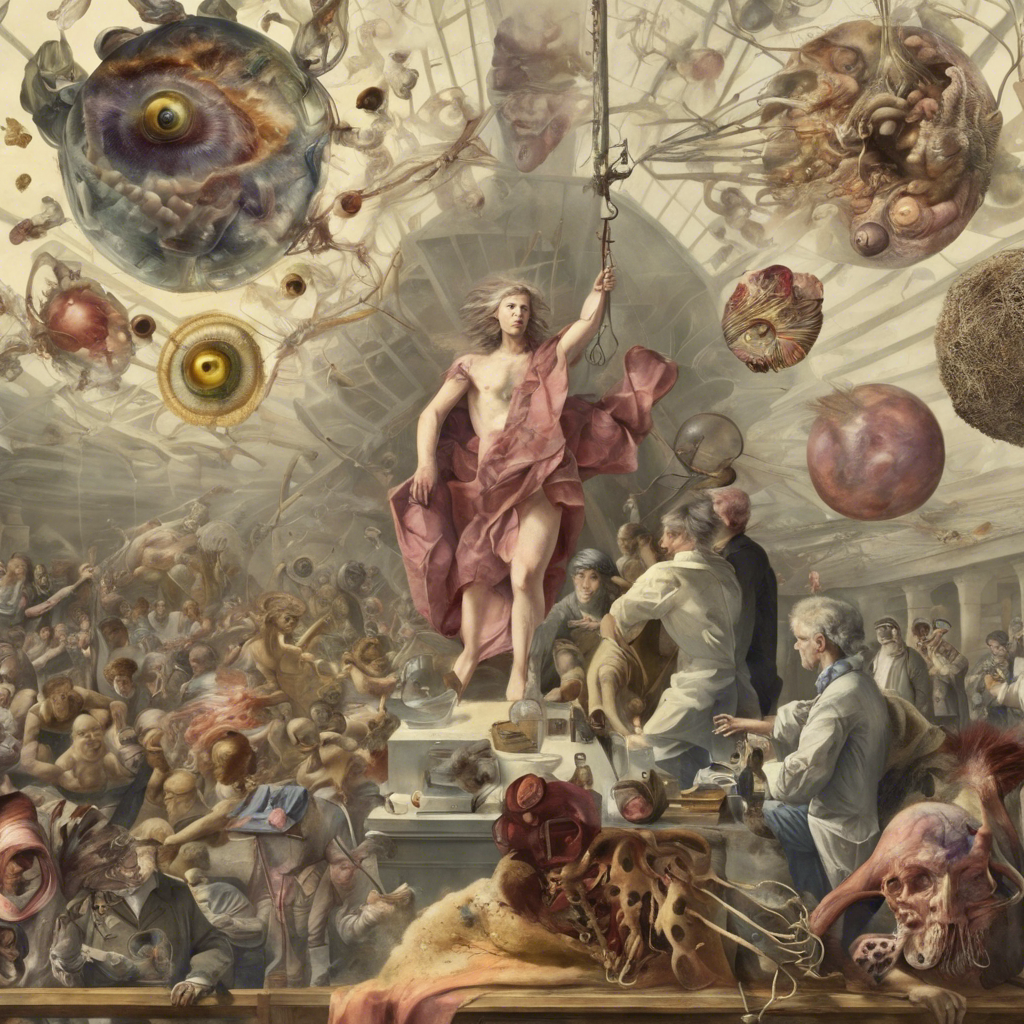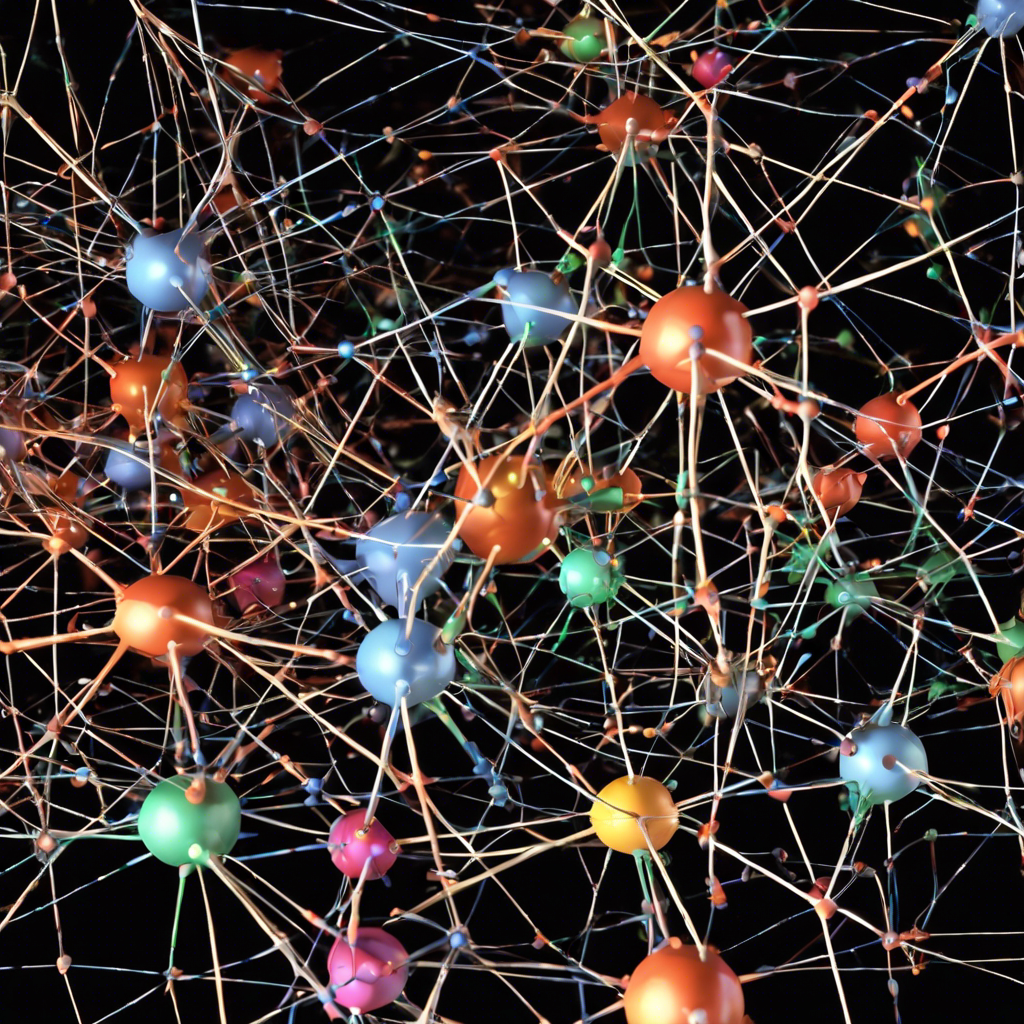Researchers discover that gene expression does not always correlate with protein secretion in mesenchymal stem cells
Medicines based on antibodies have become a staple in modern healthcare, offering treatment options for a wide range of diseases. These antibodies are produced by genetically-engineered cells that act as protein factories. However, a recent study conducted by researchers at UCLA has revealed that the assumption that altering a cell’s DNA to increase the production of a specific protein will result in higher protein secretion may not hold true for all types of stem cells. The study focused on mesenchymal stem cells, which have the potential to develop into various cell types and secrete a protein growth factor called VEGF-A. The findings challenge the traditional understanding of protein production in cells and have implications for biotechnology and therapeutic development.
The Central Dogma Reconsidered
According to the central dogma of biology, genetic instructions in DNA are transcribed into RNA, which is then translated into proteins. This principle has led scientists to believe that higher levels of RNA expression would result in increased protein secretion. However, the UCLA study suggests that this assumption may not always hold true. The researchers found that gene expression of VEGF-A in mesenchymal stem cells weakly correlated with the actual secretion of the growth factor. This discovery challenges the long-standing belief in the direct relationship between gene expression and protein production.
Uncovering New Correlations
While gene expression of VEGF-A did not strongly correlate with protein secretion, the researchers identified a cluster of 153 genes that showed a strong association with VEGF-A secretion. Many of these genes are known for their role in blood vessel development and wound healing. One gene, in particular, encodes a cell-surface protein called IL13RA2, which is poorly understood. The presence of IL13RA2 on the surface of stem cells correlated with a 30% increase in VEGF-A secretion. This discovery opens the door to further research on the role of IL13RA2 and other genes in protein production.
Implications for Biotechnology and Therapeutic Development
The UCLA study has significant implications for biotechnology and the development of cellular therapies. Understanding the genetic switches that regulate protein secretion could lead to more efficient manufacturing of antibody-based treatments. Additionally, identifying cells with high protein secretion capabilities, such as those expressing IL13RA2, could enable the selection of cells that are highly productive in making or delivering therapies. This knowledge could revolutionize the field of regenerative medicine and enhance the effectiveness of cellular treatments.
The Role of Nanovials in the Study
The UCLA researchers utilized a unique technology called nanovials, which are microscopic bowl-shaped hydrogel containers that capture individual cells and their secretions. This technology, invented by the study’s co-corresponding author, Dino Di Carlo, allowed the researchers to link the amount of VEGF-A released by each mesenchymal stem cell to the genes expressed by that same cell. The ability to analyze protein secretion and gene expression on a single-cell level provides valuable insights into the mechanisms underlying cellular processes.
Conclusion:
The UCLA study challenges the long-standing assumption that gene expression directly translates to protein secretion in mesenchymal stem cells. The discovery of a weak correlation between gene expression and protein production raises new questions about the fundamental processes of life. This research has the potential to improve the manufacturing of antibody-based treatments and identify highly productive cells for therapeutic development. The use of nanovials in the study highlights the importance of innovative technologies in advancing our understanding of cellular biology. As scientists continue to unravel the complexities of protein production, the field of regenerative medicine stands to benefit from these new insights.











